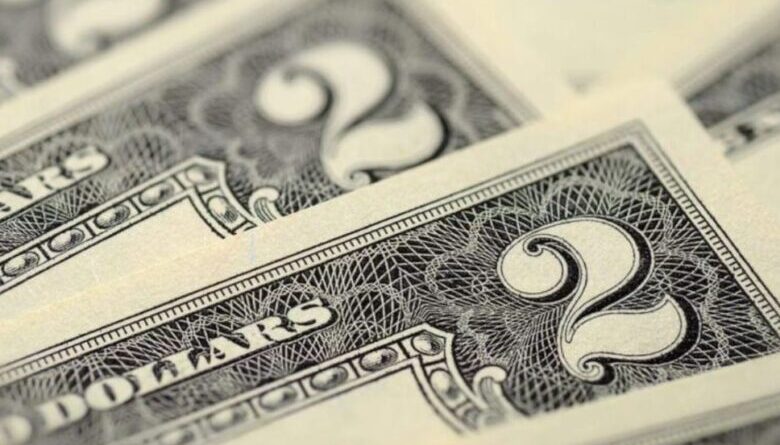Got $2 bills? They may be worth more than you think!
Have you stumbled upon a $2 bill tucked away somewhere, perhaps forgotten in an old wallet or stashed in a drawer? If so, you could be harboring a hidden treasure without realizing it. While $2 bills aren’t as frequently seen in circulation as other denominations, they boast a captivating history and can carry significant value for collectors.
Unraveling the History of the $2 Bill
Have you ever pondered the origins of the $2 bill? This distinct denomination made its debut in 1862, amid the turbulence of the Civil War, as a strategic response to alleviate the demand for coins. Initially featuring the portrait of Alexander Hamilton, the inaugural Secretary of the Treasury, the design of the $2 bill has evolved over time, showcasing a diverse array of historical figures and iconic landmarks.
The Varied Worth of the $2 Bill Over Time
The value of the $2 bill has fluctuated over the decades. In the early 20th century, these bills often traded below their face value due to limited demand. However, during the 1920s and 1930s, a surge in interest from collectors elevated their worth. By the 1950s, their value had once again declined, with many circulating at face value.
Evaluating the Contemporary Value of the $2 Bill
Today, the value of a $2 bill can vary significantly based on factors such as its age, condition, and rarity. Certain bills, particularly those from specific years or bearing unique serial numbers, can fetch hundreds or even thousands of dollars. For instance, a series 1953 red seal $2 bill with a star in the serial number could command a price tag of up to $500.
What to Do If You Encounter $2 Bills
If you come across $2 bills, it’s crucial to assess their value before deciding what to do next. Conducting online research or seeking appraisal from a professional can offer insight into their worth. If your $2 bills prove to be rare or in impeccable condition, you might consider holding onto them for potential future value appreciation or selling them to enthusiastic collectors. Conversely, if your bills are worn or commonplace, they may only be worth their face value.

